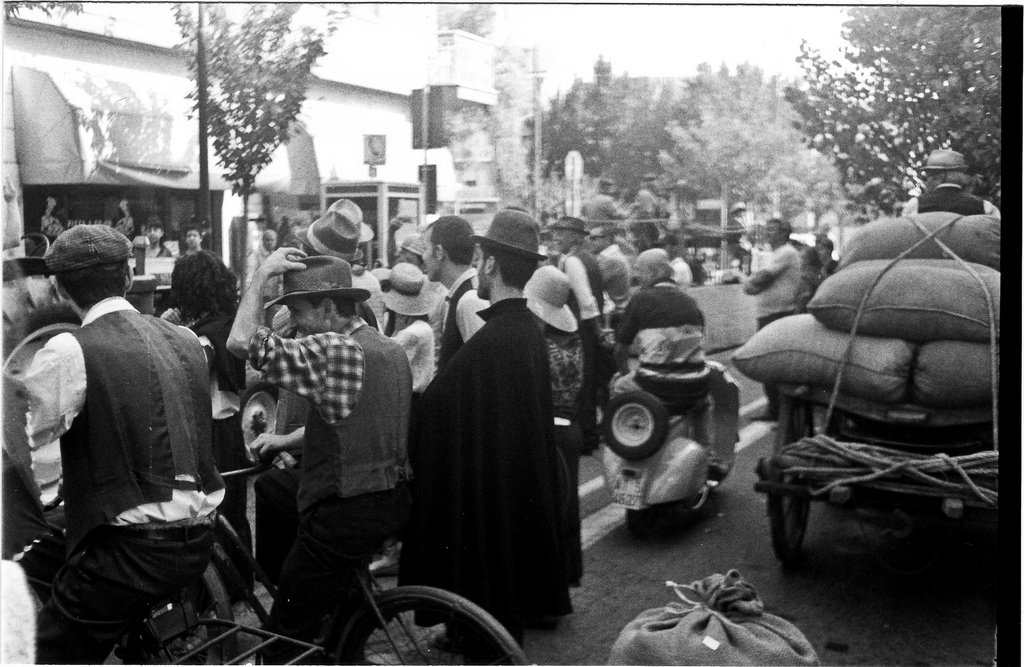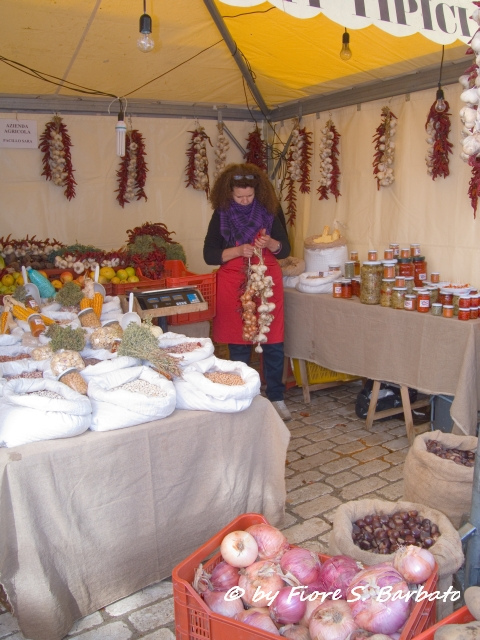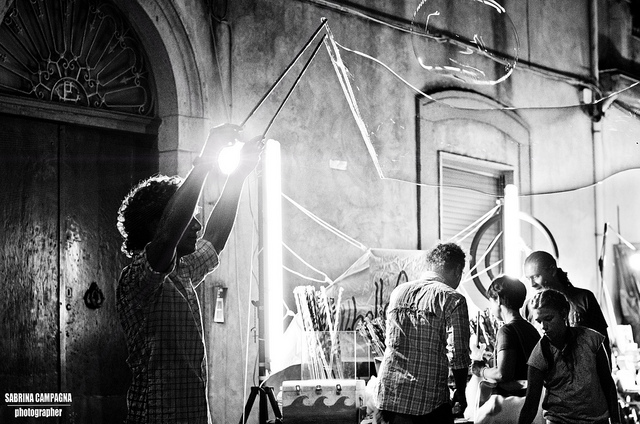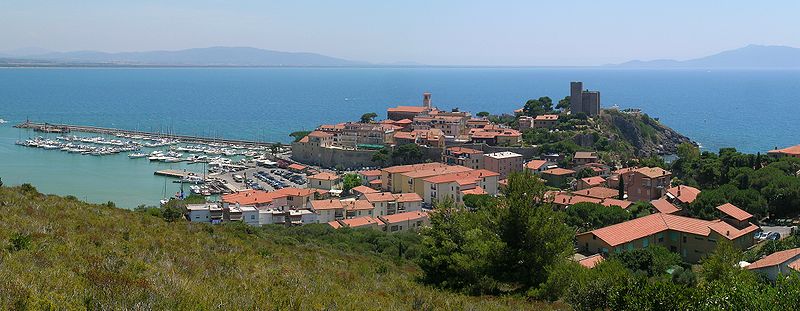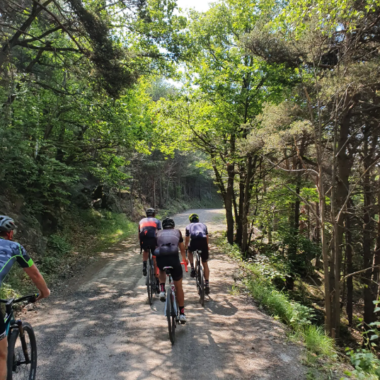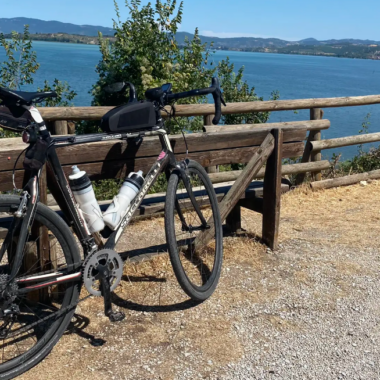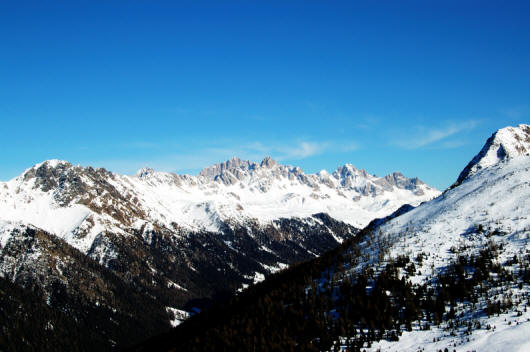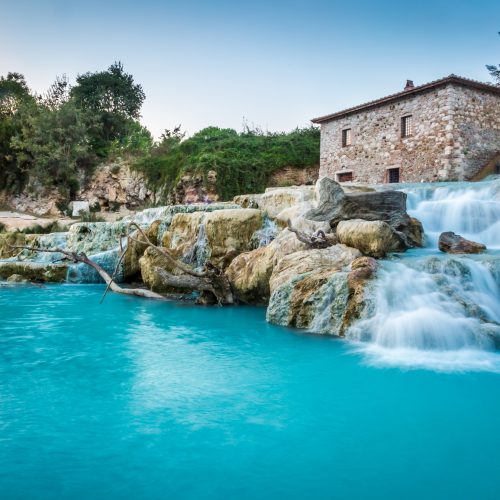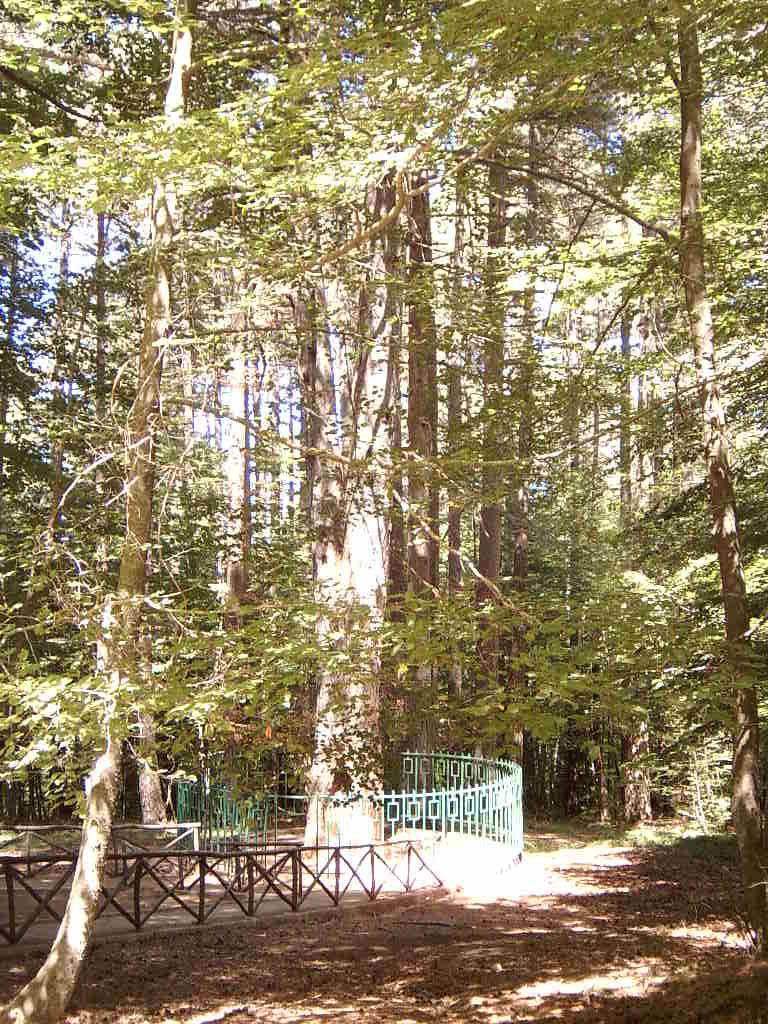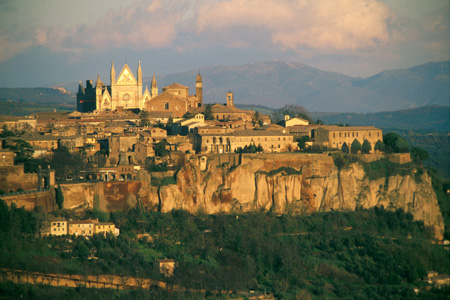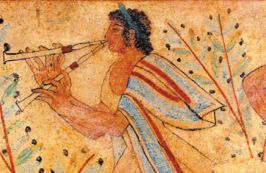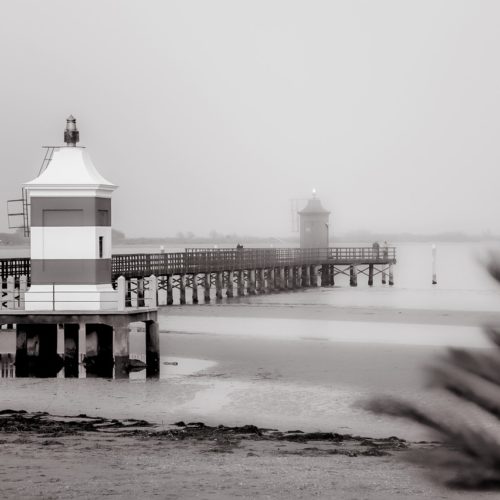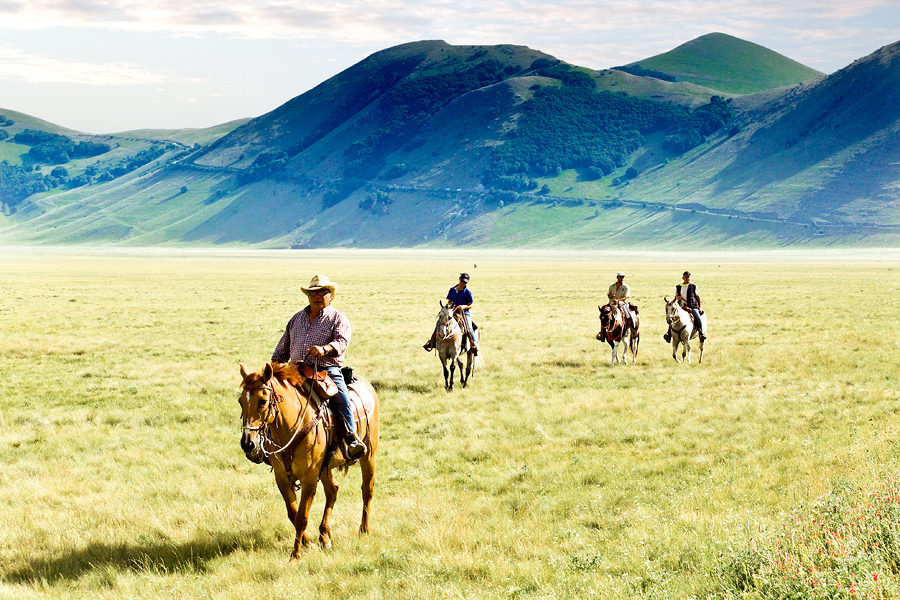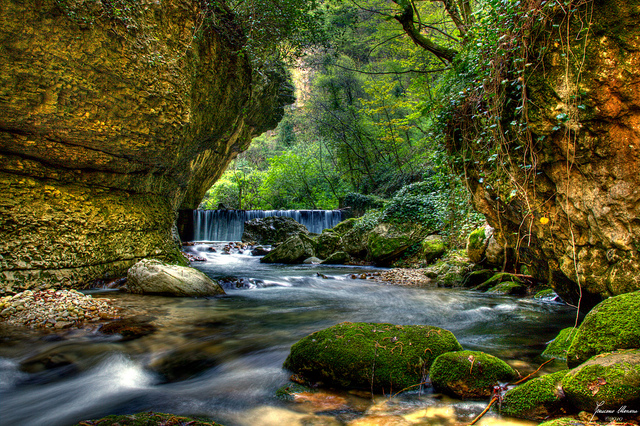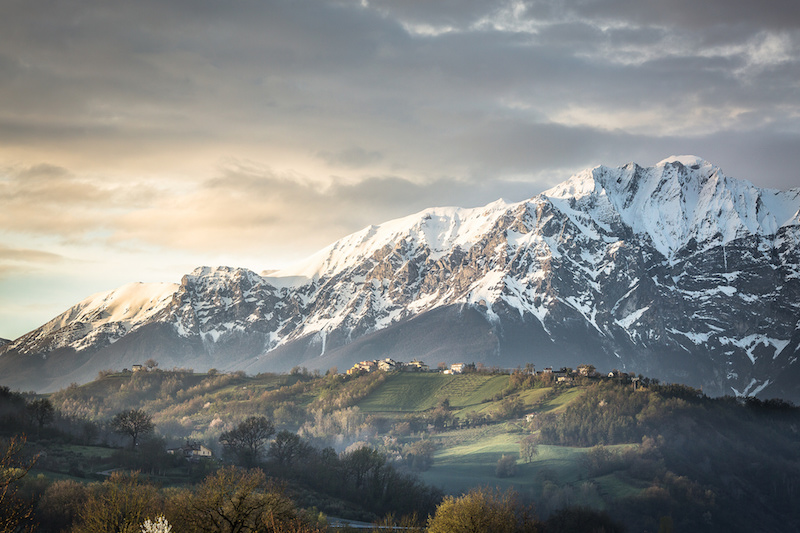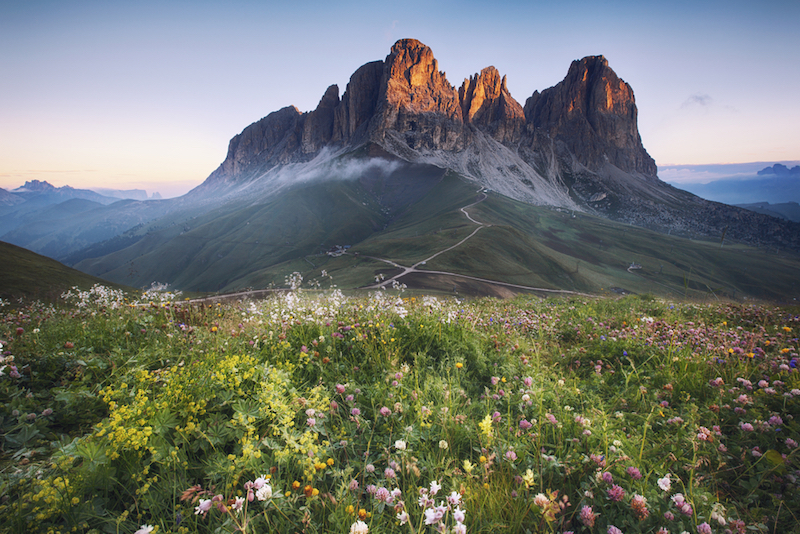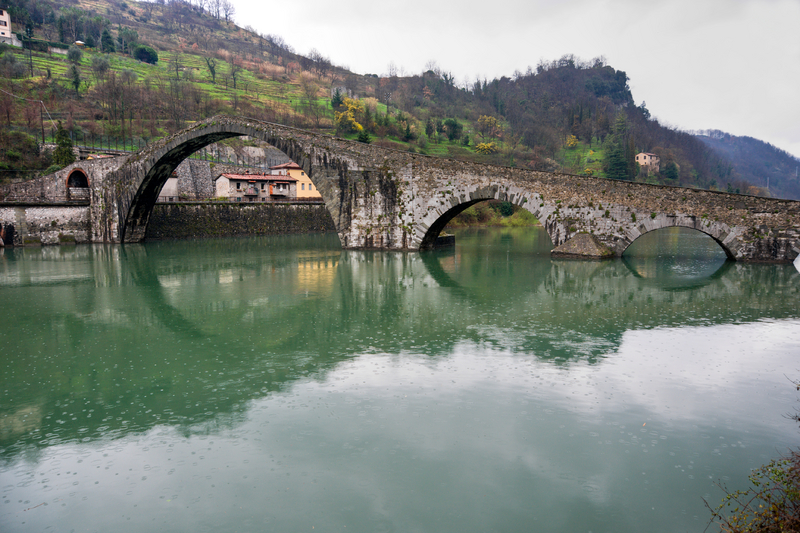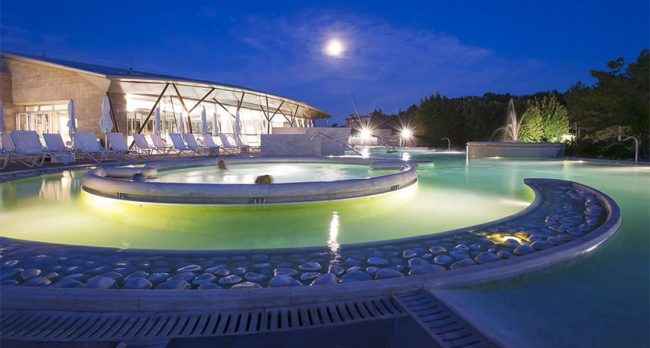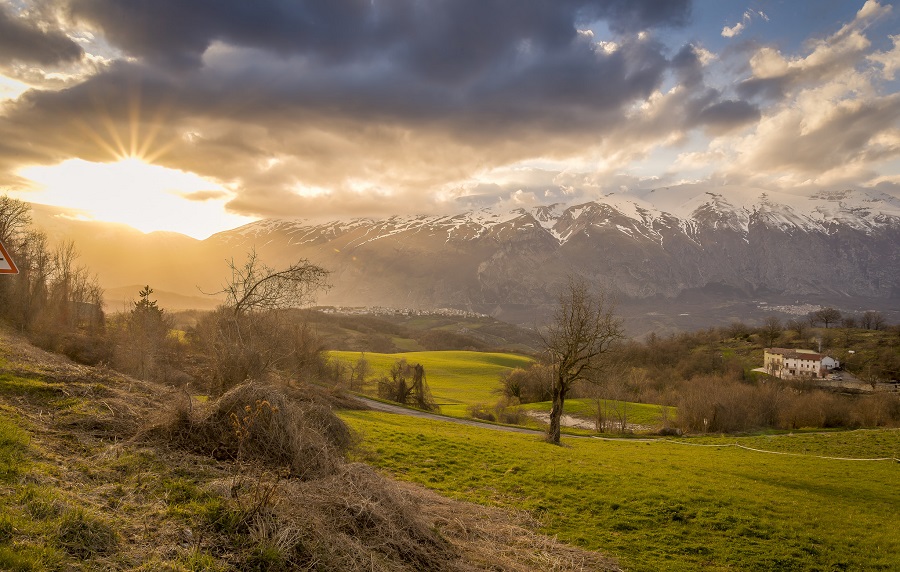Summer Evenings in Small Italian Towns
Sagre and Festivals
Think of summertime in Italy and your mind flies straight to the beach or to the scents and colors of the Alps. If you’re more of an urban type, thoughts run to our beloved città dell’arte, which you probably are dying to visit in spite of the heat.
What about alternative destinations, though? What about an Italian vacation that lets you discover real Italy?
Then you should look for the Italy of small towns. You should look for some place secluded, which is not part of usual tourist tracks: Italy is big and there are plenty of places like that. The luck of being in a country like Italy is that, to someone who doesn’t live here, all places are beautiful (exception for those hideous 1960s city suburbs full of horrible skyscrapers, of course…). Isn’t it always like this in the end? When it’s new eyes taking it in, every village, every spot looks touchingly charming. I remember the conversation I used to have with an American friend of mine when we went visiting her parents in her hometown, a small village of about 1000 in upstate NY: I found it (and I still do) absolutely lovely and I liked every bit of it, whereas she found it bland and boring, because she used to live there.
Sorry for wandering off topic, but my US memory sort of hits the point where it’s needed: we Italians often fail to see the beauty in our smaller towns and villages or in the countryside surrounding them, because we’re used to them, and what a mistake it is. In the end, what’s true for the rest of the world is certainly true for Italy: do you want to see the real thing? Forget about cities and touristy areas, and hit the side roads: there’s so much to discover out there.
Being Italy, there’s another plus, of course: even the smallest of places has, very likely, some artistic or architectural gem to show. Keep always in mind most of urban settlements have medieval, if not earlier, origins and many still show it in the structure of their streets, in their churches, in their squares. Add to this the ubuquitous presence of good food and weather, and you have the perfect recipe for a lovely, alternative Italian Summer vacation.
In the past bunch of years, Italians began rediscovering the beauty and cultural wealth of their own country’s countryside: of course, there may not be large museums and bars, and a village may not be the right place to find trendsetters having their aperitivo, but this has its own advantages: peace, quiet, lower prices and less pretentiousness being only a few of them. Italians began getting interested in their local traditions, and took to explore all those festivals and fairs their own grandparents would have enjoyed when they were young: patron saints’ festivals, food fairs, historical re-enactments turned, from mere local events, into entertainment jewels. Our sagre (that’s how we call them in Italian) have been enjoying a new popularity, their vintage allure attracting even the youngest of people. Sagre are usually a great place to sample excellent cuisine and are particularly common in the Summer months, when the good weather allows for outdoor fun until late at night. They often also offer amazing shopping opportunities, as local artisans fill the streets with their stalls covered in beautiful trinkets or delicious food.
I come from the Langhe region of Italy (Piedmont) and, from the end of May to mid-September, I can count on at least one sagra or traditional culinary event every weekend; some are better organized than others, some are larger other smaller, but all provide lovely entertainment and something different and enjoyable to do.
Mind, writing an article listing all the sagre in Italy would be impossible: there are simply too many, and even selecting the best ones could ultimately prove to be a gargantuan task. The best thing to do, if you’re interested in this type of local entertainment, is to look for them once you are in Italy, or do a bit of research beforehand about the area you’re planning to visit: you’ll see, if you make your vacation a “sagra” vacation, you may well end up going out every evening of your stay, always to a different place. Good food, good wine and good music are the perfect ingredients for a small town evening in Italy: let’s see if you enjoy them as much as we Italians have once again learnt to do!
Which sagra?
We have sagre or food festivals a bit for everything so it won’t be difficult to find something right for you. At the same time, it may get hard to choose among the many options out there. Here’s some advice!
History! History!
If you really want to get into tradition, look for sagre and festivals associated to historical or traditional events, patron saints or local produce. They usually root their origin in the Italy of yore and they tend to be the most interesting. Some sagre in Italy have been out there for quite some time: the Sagra dei Osei (Sacile, Friuli Venezia Giulia, first Sunday after the 15th of August) has been going on for more than 700 years, the Sagra della Nocciola (Cortemilia, Piedmont, 20th-30th of August 2015), was celebrated for the first time over 60 years ago. Another long running example is the Sagra di Sant’Antioco (Sant’Antioco, Sardinia), which celebrated its 650th anniversary in 2015. To check this one out, though, you’ll have to wait 2016, as it usually takes place at the beginning of May.
Honor your Saints
Patronal feasts are usually pretty interesting, also from a socio-cultural point of view. Even if you’re not religious, these events create such a buzz in small centers it’s always a good idea to check them out. Many of them are of historical interest, too, as they tend to be associated to specific historical moments when the patron saint is said to have helped the community. Moreover, these celebrations are often introduced by a few days of events culminating, on the saint day, with the feast. Such events can range from special markets to conferences, from concerts to food fairs and are always a lovely way to get in touch with traditional Italy.
Choose the right food
We have sagre and festivals about anything and everything in Italy, but the more traditional is the product or the more local the produce, the better: usually, these sagre have been running for longer and, as mentioned already, this has its advantages. You’re bound to get a much better idea of local culture and traditions at one of these gathering than at one of the many “Feste della Birra” (beer fests) that have been sprouting around the country in the past 20 years or so. A word about them, actually: “Feste della Birra” are extremely popular during the Summer, but have very little to do with authentic Italian mores and history. You’ll have fun there, but it’s very much like being at an outdoor, over crowded bar. If that’s your thing, go ahead, but don’t say we didn’t tell you!
Sagra etiquette
Sagre are a place where people tend to let their hair down and forget for a few hours about social impositions and the ever-dwelling modern obsession of “being seen.”
When you go to a sagra, you relax, in everything you do. No need to dress up as if you are about to go to La Scala, no need to feel guilty if you eat with your hands, or if you’d like to have that one more glass of red. Mind, I’m not saying sagre are a place for unruly adults who’d like to be rude in public: manners are manners everywhere, but etiquette is certainly less strict here than, say, in a Michelin starred restaurant. Enjoy yourself, let go a bit… you’re on vacation, in the end.
Most sagre are characterized by amazingly good food and wine, but don’t expect table service or fine china crockery: you go, get your food and eat in plastic plates. At well organized events, finding a table or a spot to seat is usually not a problem, but I have been to sagre where I did eat my food standing up with my friends. And you know what, it was glorious. Great atmosphere, great company, amazing food: I cared very little about the fact I had to stand or walk around. If you don’t want to risk it, you can always find out if tables can be reserved in advance!
Last but not least: expect some queueing, especially on weekends, but don’t let this worry you too much, the delicacies you’ll try, the lovely wine and the fun, relaxed atmosphere you’ll enjoy are well worth the wait.


